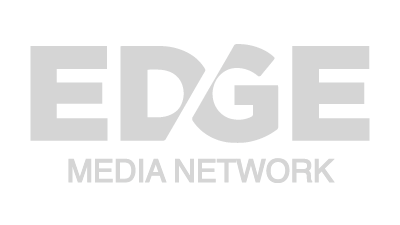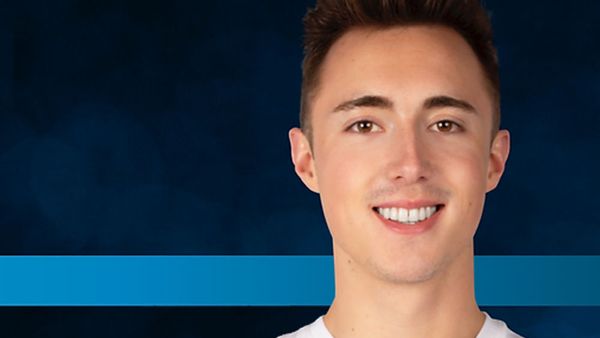November 1, 2015
Breast Cancer Awareness: Screenings Save Lives
Chris Tittel READ TIME: 4 MIN.
Jackie Collins wants you to get screened for breast cancer.
The famed novelist, glamorous jet-setter, mother, grandmother and sister to Joan Collins, died from breast cancer on Sept. 19. She was 77.
Collins, who appears on the cover of the Oct. 5 issue of People, told the magazine in an interview just four days before her death that she refused to get screened even after she discovered a lump in her breast years ago.
"I've had to deal with losing my mother [to breast cancer], my husband [prostate cancer] and my fianc� [lung cancer], and I did not want to put pressure on everybody in the family," she said. "Women should get checkups because it really helps to get diagnosed early. I know we're all told to do it, but some of us are too stupid, and I was one of them. That was my choice and maybe it was a foolish one, but it was my choice. Now I want to tell people it shouldn't be their choice."
Ann Hooper, a North Carolina LGBT activist, was diagnosed with breast cancer in 2003.
The tumor was located and identified through a routine screening.
Hooper said she was surprised; shortly before her own diagnosis, at least five good friends had also been diagnosed with breast cancer.
"I was in disbelief," she said. "Really? Now, I'm going to have breast cancer? When is this going to end?"
According to the North Carolina Department of Health and Human Services, there were 3,872 female breast cancer diagnoses in Mecklenburg County alone in 2012. The figure accounts for 1 in 5 of all cancer diagnoses across the county that year.
Hooper went into remission after the tumor was removed.
She underwent more than 30 radiation treatments and five years of medication following the surgery.
Today, she remains cancer-free.
Hooper, who has known women of all ages, orientations and social circumstances who have been diagnosed with breast cancer, said it's a chronic condition that does not discriminate.
She echoed Collins on the importance of screenings.
"Cancer is insidious," Hooper said. "We can't sit back and think that it's going to happen to somebody else."
Hooper said education is key not only to easing fears, but also to regaining the sense of power over one's life that cancer can take away.
"There's a lot of fear-based information out there, especially if you look on the Internet," she said. "We have less fear about those things in our lives that we understand the most. If we get all the information that can help us make good decisions, we feel more empowered. It's very easy to give yourself up to the doctors and just do everything they say. Before long, you've lost your ability to make your own decisions."
Prevalence
The Centers for Disease Control and Prevention (CDC) reports that breast cancer is the second most common cancer in American women (skin cancer is most common).
Breast cancer is also a health concern among American men, who account for almost 1 percent of all breast cancer diagnoses nationwide.
According to the National LGBT Cancer Network website, data on breast cancer rates among lesbians, in particular, is limited and contradictory due, in part, to large national cancer registries failing to record an individual's sexual orientation when conducting research.
However, predictions based on a "cluster of risk factors" suggest that lesbians may have an increased risk of developing breast cancer.
"Certainly, there is no physiological or genetic difference between lesbians and heterosexual women," the website reads. "The increased risks are a result of behaviors that are a result of the stress and stigma of living with homophobia and discrimination. Each of these behaviors carries with it an increased risk of cancer. Taken together, as a cluster, they could more than double a lesbian's chance of getting cancer."
The behaviors include: cigarette smoking, excessive alcohol use, obesity and pregnancy.
According to the website, transgender individuals are at particular risk due to: risky behaviors (cigarette smoking, excessive alcohol use, etc.), barriers to quality health care, lack of research on trans bodies and health care needs, discrimination and the need for more information on the links between cancer and transgender hormone use.
Symptoms
Warning signs of breast cancer may include, but are not limited to:
� New lump in the breast or underarm
� Thickening or swelling of part of the breast
� Any change in the size or shape of the breast
� Pain in any area of the breast
For a full list of warning signs, visit cdc.gov/cancer/breast
If you experience any one or more of the warning signs, see a health care provider.
Screening
There are three types of breast cancer screenings.
A self-exam involves checking your own breasts for lumps, changes in size or shape or any other changes in the breasts or underarm. If anything unusual is identified, see a healthcare provider.
A clinical breast exam is conducted by a doctor or nurse, who uses his or her hands to feel for lumps or other changes.
A mammogram is an X-ray of the breast and considered the best way to find breast cancer early. The CDC recommends that anyone between the ages of 50 and 74 have a screening mammogram every two years. Anyone between the ages of 40 and 49 should talk to a healthcare provider on when to start and how often to get a screening mammogram.
The North Carolina Department of Health and Human Services offers free or low-cost breast cancer screenings through its Breast and Cervical Cancer Control Program and county health departments.
Prevention
The CDC offers the following tips, among others, on lowering the risk of breast cancer:
� Maintain a healthy weight.
� Exercise regularly (at least four hours a week).
� Get enough sleep.
� Limit alcohol consumption to one drink or less per day.
� Quit smoking.
� If you are taking or have been told to take hormone replacement therapy or oral contraceptives, ask a healthcare provider about the risks.



